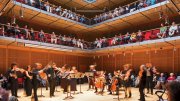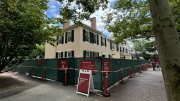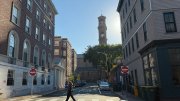In the mid 1990s Leah Rosovsky ’78, M.B.A. ’84, was raising money for the Harvard libraries during a capital campaign as a member of the FAS development team. She recalls people saying, “‘But libraries are going to disappear. Nobody uses libraries anymore now that everything is turning to digital.’ And, of course,” she says now, “the absolute opposite has happened.”
Three decades later, she’s the director of one of the nation’s oldest libraries, the Boston Athenaeum—and glad to report that the institution is thriving. The Beacon Hill landmark reopened in November 2022 following a $17-million renovation that expanded its footprint by 12,000 square feet. Among the improvements: more gallery space for art, comfortable seating areas, a revamped children’s section, cozy corners for curling up with a book, a study center, and the new Folio Bistro. The renovation plan had “clear goals,” Rosovsky says: “to make the building more welcoming, to create some different kinds of spaces that would be used by members, and to make more of a museum experience on the first floor,” which is open to the public.
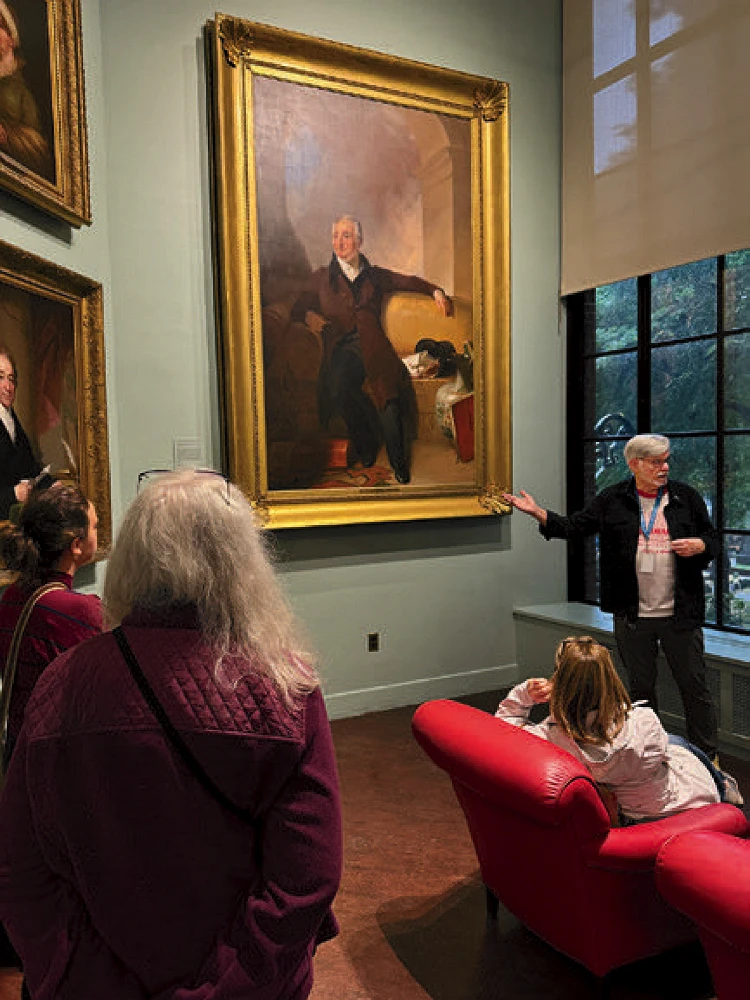
Founded in 1807, the Athenaeum predates both the Museum of Fine Arts and the Boston Public Library. Its imposing stone building, opened in 1849 across Beacon Street from the State House, is a prime example of the revival of Italian Renaissance architecture. It has always served as a private nonprofit library for members who today enjoy year-round book talks, exhibitions, concerts, speakers, and social gatherings. The Athenaeum’s circulating collection contains more than a half-million titles; its special collections, focused on Boston and New England, hold about 100,000 rare books, maps, and manuscripts, and 100,000 works of art, from paintings and sculpture to prints and photographs that draw researchers and scholars from all over.
Although it is still a membership-based organization (anyone can join), in recent years its leaders have taken steps to grow beyond that traditional mission, further opening its building and programs to a wider audience. As a literal and figurative symbol, Rosovsky points out, the renovation included transforming the front doors. Formerly solid wood with porthole openings, the doors now feature big glass panels. “Before, you could not really see inside the building,” she says, “and if you were short, you couldn’t see in at all.” Those doors now also open onto a larger, airier lobby and reception area designed, she says, to urge people to “Please come inside!”
Once inside, visitors can join in any number of activities. Weekly tours of the building, a National Historic Landmark, focus on art and architecture. The Henry Long Room offers paintings and sculpture from the permanent collection, including busts of Alexander Hamilton and the Marquis de Lafayette, while the adjacent Leventhal Room hosts concerts and social gatherings. Paintings and statues of George Washington are displayed on the fourth floor amid much of his personal library. Off the library’s fifth floor—where a traditional policy promotes quietude—is a terrace offering sweeping views of the city. Guides also cover a massive walk-in storage unit referred to as The Drum—10 floors of book storage open to members for browsing and borrowing—and take visitors to the basement, home to more art and architecture books and the library’s vintage cataloging system.
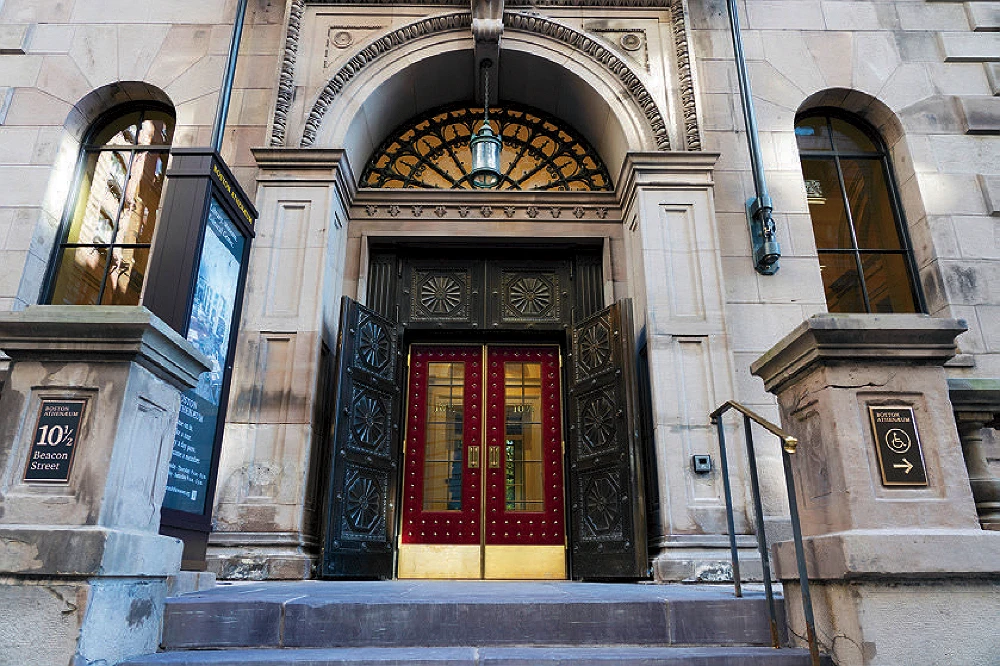
The building was designed by one-time sheep farmer and self-taught artist and architect Edward Clarke Cabot (who also designed the Gibson House, now a historic museum in Boston’s Back Bay; see “Preserving Heirs and Airs,” Harvard Magazine, January-February 2015). The renovation and expansion was led by the Boston firm Annum Architects.
Visitors are also welcome to explore rotating exhibitions in first-floor galleries, which often feature Boston- and/or New England-related art and artists. Through May 3, Frank M. Costantino: Visionary Projects highlights the work of the Winthrop, Massachusetts, architectural illustrator, from 1980 to 2024. Among the images on display are renderings of the “Esplanade 2020 Vision,” along with various renovations of the Old State House, Hynes Convention Center, and other major structures. Costantino donated more than 200 of his works to the Athenaeum because they help document the city’s evolution as a cultural hub, with special attention paid to livability and sustainability. Look for related curator-led talks and panel discussions. On March 11, Costantino will be on hand for the discussion “From Sketch to Skyline: Frank C. Reflects on Fifty Years of Architectural Illustration of Boston.”

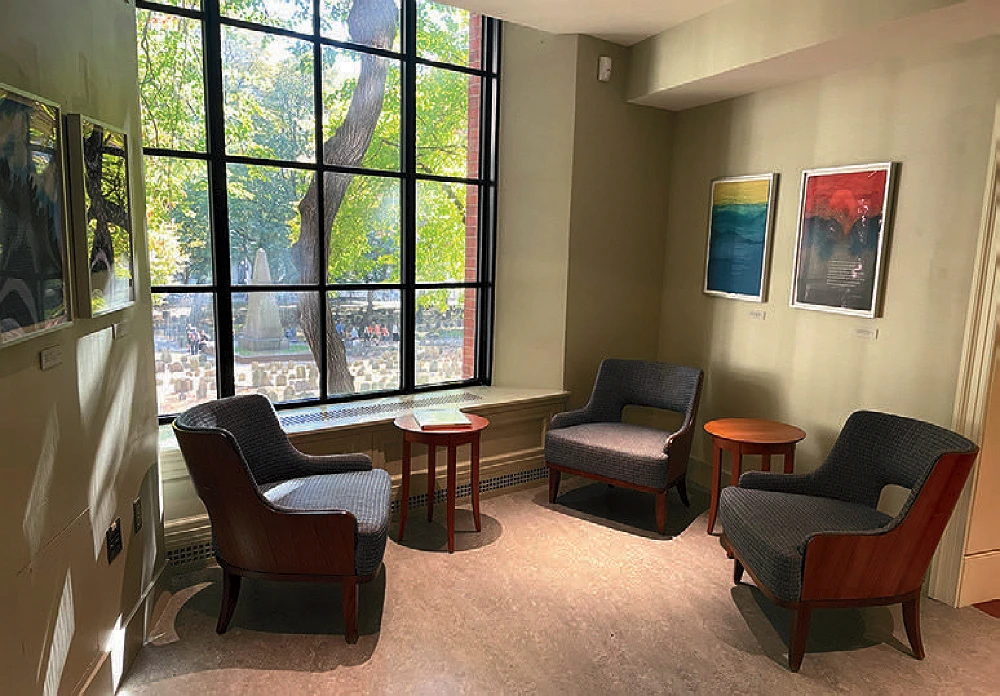
Other notable exhibitions planned for later this year are Wild Flowers of New England (June 9-September 5), featuring platinum-printed photographs by renowned Western Massachusetts artist Edwin Hale Lincoln (1848-1938), who captured delicate images of flora and foliage around his home in the Berkshires for more than 30 years. Opening October 15, Allan Rohan Crite: Griot of Boston is a major showing of works by the late Boston-based African American painter, mounted in conjunction with the Isabella Stewart Gardner Museum. Crite, A.L.B. ’68, is known for depicting black people in Boston and their daily neighborhood life, but also for paintings with integrated religious themes. The Athenaeum holds the largest public collection of Crite’s paintings and watercolors, most of them donated by the artist.
Among the spring’s author events, Charan Ranganath discusses Why We Remember: Unlocking Memory’s Power to Hold on to What Matters (April 2) and Deborah Parker presents Becoming Belle da Costa Greene: A Visionary Librarian Through Her Letters (April 23).
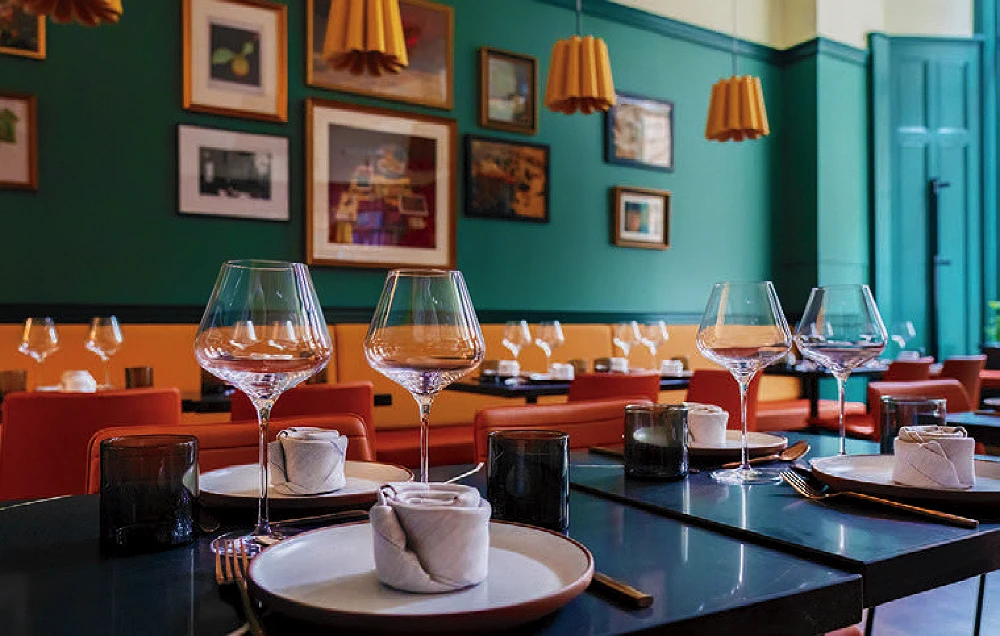
For bodily sustenance, head to the Folio Bistro. Although it has a separate street entrance at 14A Beacon Street, the restaurant is within the Athenaeum’s expanded footprint (through a long-term arrangement with that building’s owners). The restaurant opened last June and is run by The Catered Affair (also behind restaurants at the Copley Square Boston Public Library and the Harvard Art Museums). Folio’s teal-and-mustard-colored interior sports a wall painted to look like books on shelves, and subdued lighting adds a cozy feel. The restaurant is open from late morning through dinner, serving French-Mediterranean fare.
For Rosovsky, who took the helm in May 2020, both the restaurant and the renovations support the organization’s central focus on communing and learning. “The joy of discovery and the power of this unique place,” she says, “is a big part of who we are.” The collections reflect facets of Boston and New England culture and history and thus help tell the stories of how people and a shared sense of place have evolved. Of course, books remain at the center, “as something to read, as technology, as an object of beauty,” she adds. “People love to interact with objects, documents, books, and art, and our collections are rare and unique.” But in the end, the goal is not for a library or museum to simply “have things,” she adds. “It’s about having them—and enabling people to connect with them, to share in what’s beautiful and exciting—and offering people an opportunity to learn something new.”



